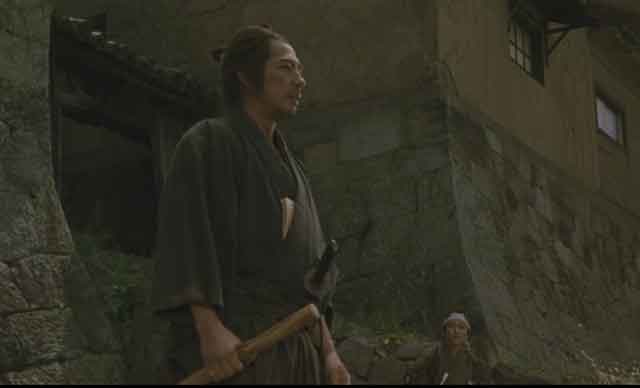
The Samurai trilogy of three films depicting the end of the samurai era was one of the great film achievements of Japanese director Yoji Yamada. Although all three paintings do not echo each other either in plot or characters, they are united by the most reliable description of the life of those times. Yamada's films are more likely to be called historical films, not action films, although the sound of samurai swords and combat duels are present here.
All the pictures of the trilogy: "Twilight Samurai" (2002), "Hidden Blade" (2004) and "Love and Honor" (2006) are consistently included in the ratings of the best samurai films. Therefore, it can be said that director Yoji Yamada knows how to keep the audience's attention.
"Twilight Samurai" is not only the very first, but also the most famous film of the trilogy. It was even nominated for an Oscar for Best Foreign Language Film. The picture conquered with its touching story and accurate transmission of all the characteristic features and laws of samurai life.
The main character of the film is the lowest-ranking samurai Seibei Iguchi. He serves in the Unasaka clan's vault. Seibei had barely made ends meet before, and after the death of his wife, he was so mired in debt and household chores that he even stopped paying attention to elementary hygiene. In addition, the samurai had to look after two daughters and an old mother. He quarreled with all his relatives, and his superiors did not respect him at all. All his friends laughed at him and gave him the nickname - "twilight samurai."
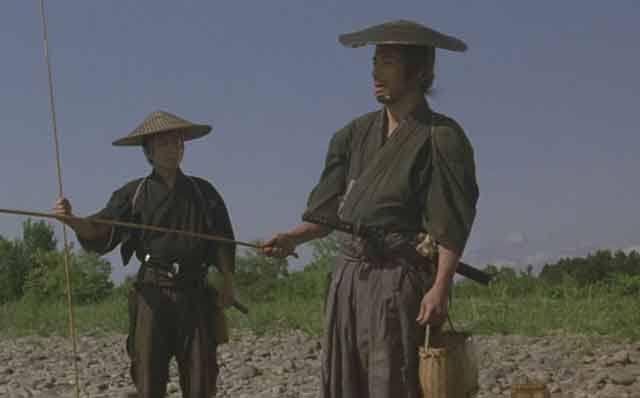
Seibei's life became so hard that he had to secretly sell a samurai sword. This was considered the most terrible shame for the samurai. One day he meets his childhood friend. Tomoe was the younger sister of Seibei's only friend. She left her alcoholic husband, who constantly humiliated her. Tomoe settled in the house of her brother Michinojo and began to visit Seibei often. She became very attached to Seibei's daughters, because she had no children of her own.
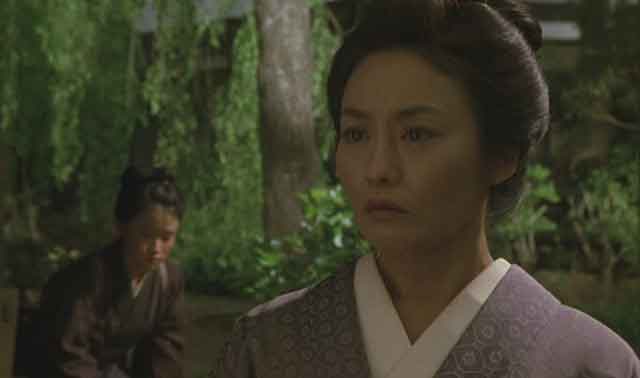
But the woman's ex-husband constantly came to her brother's house and insulted both. Seibei decided to stand up for his friends and challenged Tomoe's husband to a duel. The samurai defeats the villain with a stick, although he was considered an experienced swordsman. Contrary to expectations, this act further complicates the life of the gloomy samurai.
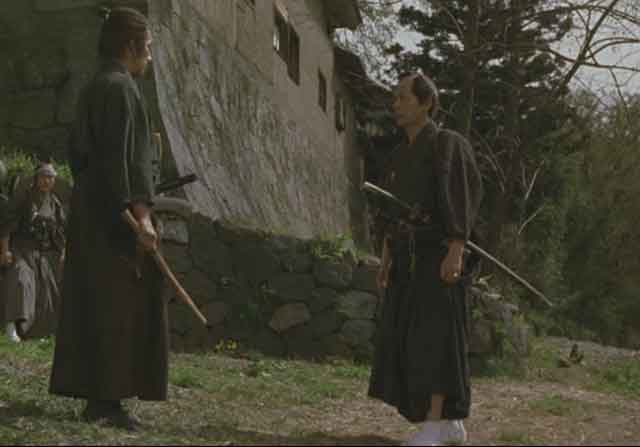
The chief of Seibei learns of the incident and orders the unlucky man to kill one rebellious samurai. Seibei tries to back out of his assignment, but now he has to make a choice - go for the kill or be exiled.
Masterfully filmed and emotionally traced, the film "Twilight Samurai" did not remain without prizes. The Japanese Film Academy awarded the film 13 awards - including prizes for best film, best director, and best male and female roles.
See also
-
Tatara Samurai
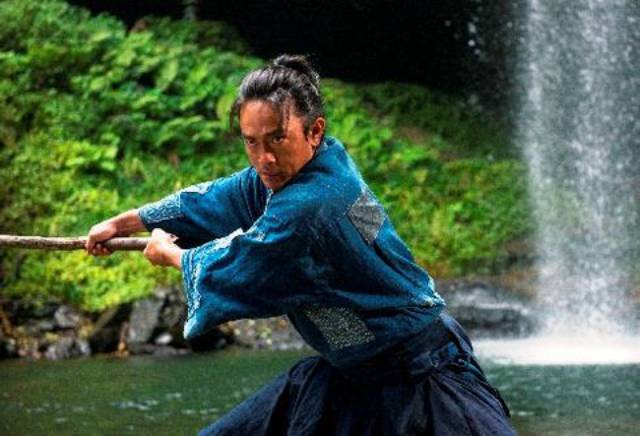
One day, bandits raid the quiet Tatara village, renowned for its steelworks and sword craftsmanship. Despite the arrival of samurai to protect the villagers, young Gosuke's mother is tragically killed while fleeing with him.
-
Samurai Fiction
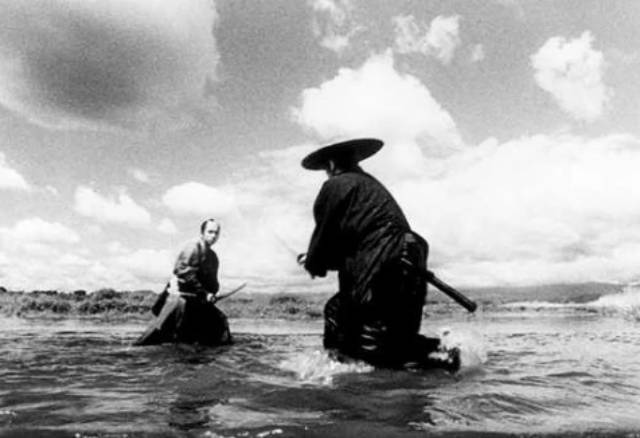
Samurai Fiction is a 1998 samurai-comedy film directed by Hiroyuki Nakano. The movie stands out for being filmed almost entirely in black-and-white, paying homage to classic jidaigeki samurai films. However, what sets it apart from its inspirations, including the works of Akira Kurosawa, is its modern twist, notably Tomoyasu Hotei's rock-and-roll soundtrack. A loose spinoff, Red Shadow, was released in 2001.
-
Rurouni Kenshin
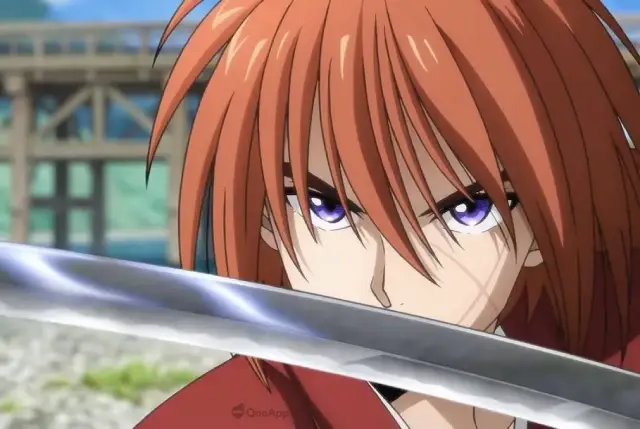
Rurouni Kenshin: Meiji Swordsman Romantic Story (Japanese: Hepburn: Rurōni Kenshin -Meiji Kenkaku Roman Tan-) is a Japanese manga series created by Nobuhiro Watsuki. Set in 1878, during the 11th year of the Meiji era in Japan, the story follows a former assassin known as Hitokiri Battosai. After his role in the turbulent Bakumatsu period, he adopts the identity of Himura Kenshin, a wandering swordsman who vows never to kill again. He dedicates his life to protecting the people of Japan. Watsuki crafted this series with the intent to create a unique shōnen manga, distinguishing it with a protagonist who is a former assassin and a narrative that becomes increasingly serious as it progresses.
-
Samurai Spy
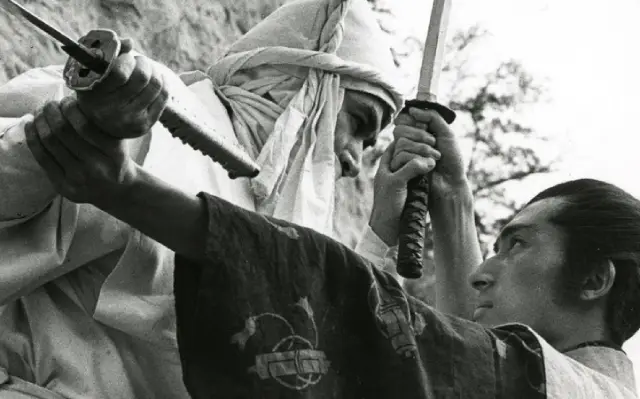
Samurai Spy (Ibun Sarutobi Sasuke), also known as Spy Hunter, is a 1965 film directed by Masahiro Shinoda, adapted from a novel by Koji Nakada. The film follows the legendary ninja Sasuke Sarutobi as he hunts the elusive spy Nojiri, while a shadowy figure named Sakon leads a group of men with their own designs on Nojiri. As the pursuit unfolds, the lines between allies and enemies blur, leaving everyone unsure of each other's true allegiance. Created during the height of the Cold War, the movie reflects the complexities and shifting loyalties of spies caught in the power struggles of their era.
-
Samurai III: Duel at Ganryu Island

Samurai III: Duel at Ganryu Island (Japanese: Hepburn: Miyamoto Musashi Kanketsuhen: Ketto Ganryūjima) is a 1956 Japanese film directed by Hiroshi Inagaki and starring Toshiro Mifune. Filmed in Eastmancolor, it serves as the concluding chapter of Inagaki's Samurai Trilogy.
-
Samurai Marathon
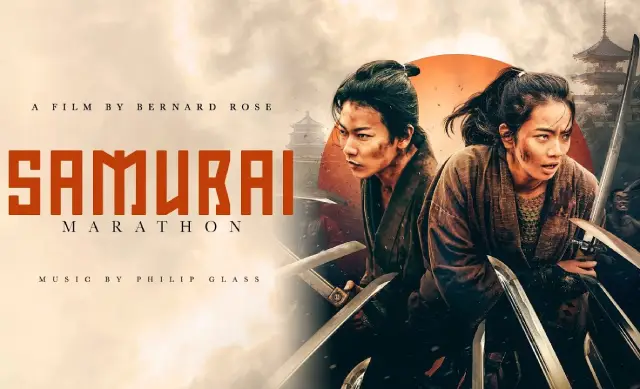
The producing team behind Takashi Miike's "13 Assassins," Jeremy Thomas and Toshiaki Nakazawa, reunite for another visually striking and action-packed samurai film. Based on a novel by Akihiro Dobashi, this film may not reach the same heights of relentless carnage or critical acclaim as its predecessor, but it still offers an exciting and occasionally humorous addition to the samurai genre, likely to resonate with festival audiences. This story of a literal running battle between rival samurai factions could see moderate success in theaters, though it may require more marketing effort without the ultra-violent appeal that made "13 Assassins" memorable.
-
Samurai II: Duel at Ichijoji Temple (1955)
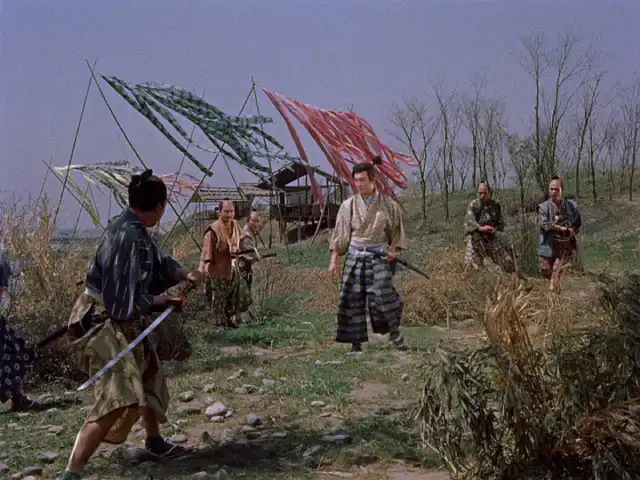
Duel at Ichijoji Temple (Hepburn: Zoku Miyamoto Musashi: Ichijōji no Kettō) is a 1955 Japanese film directed by Hiroshi Inagaki and starring Toshiro Mifune. Filmed in Eastmancolor, it is the second installment in Inagaki's Samurai Trilogy.
-
The Samurai I Loved (Semishigure)
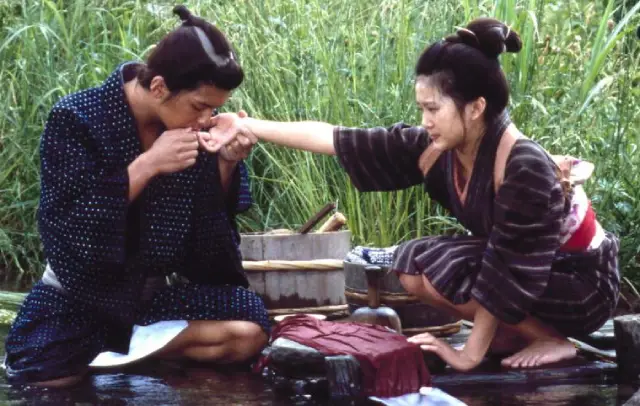
The costumes, settings, and script of The Samurai I Loved immediately transport samurai film enthusiasts back to the golden era of classic black-and-white samurai masterpieces.

